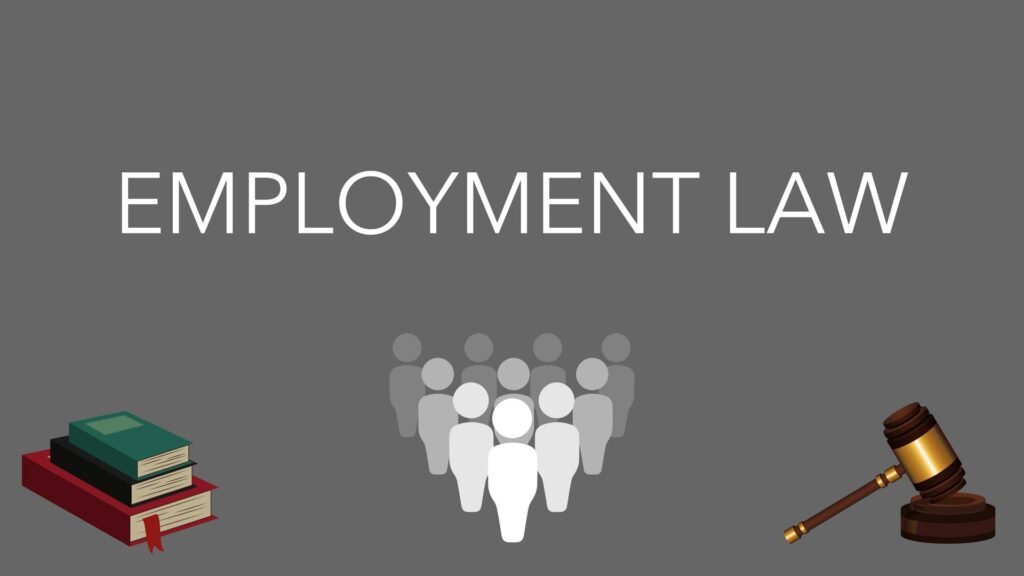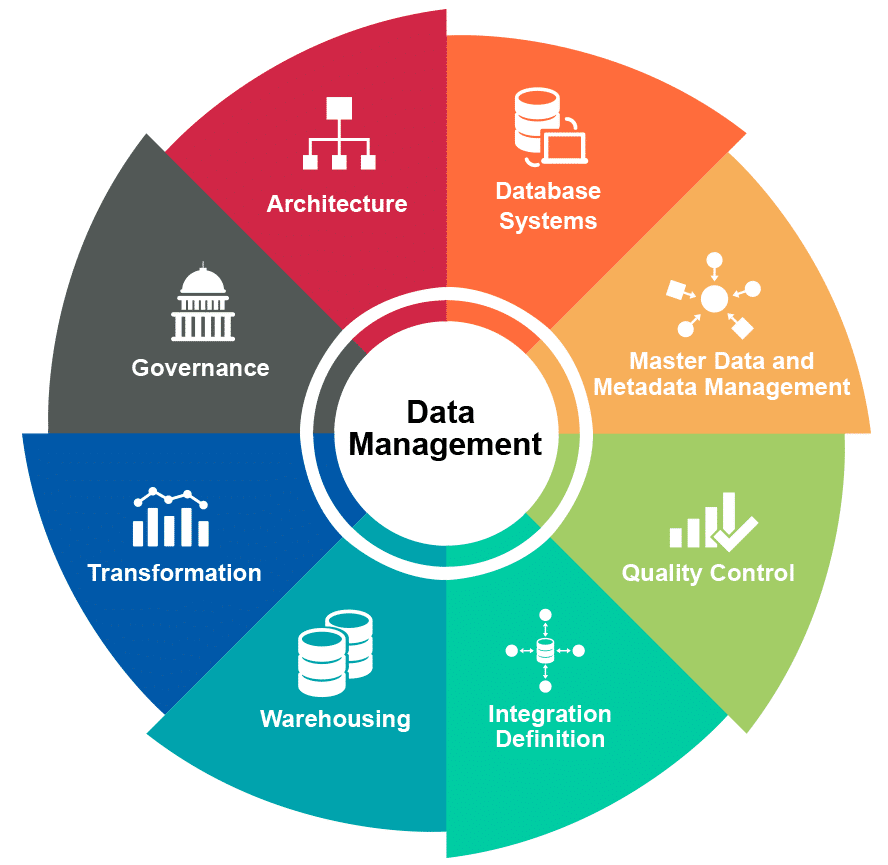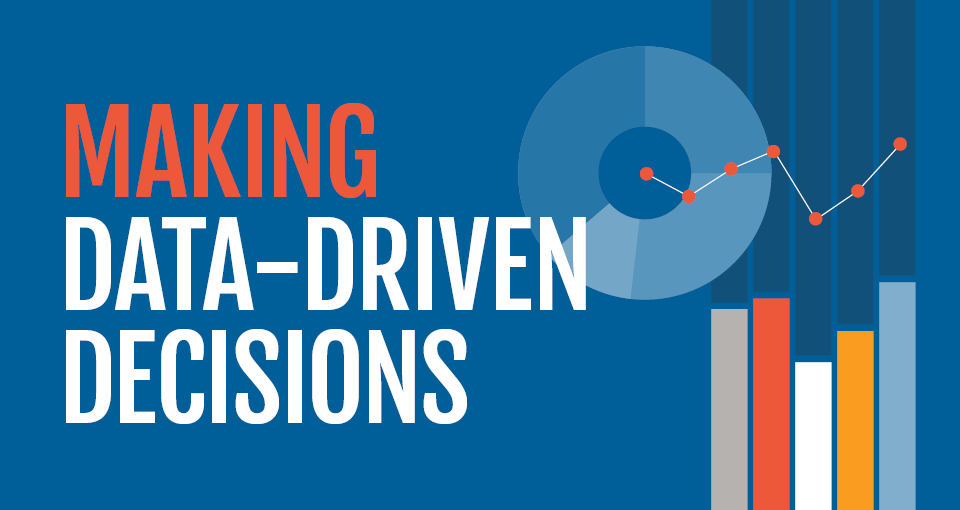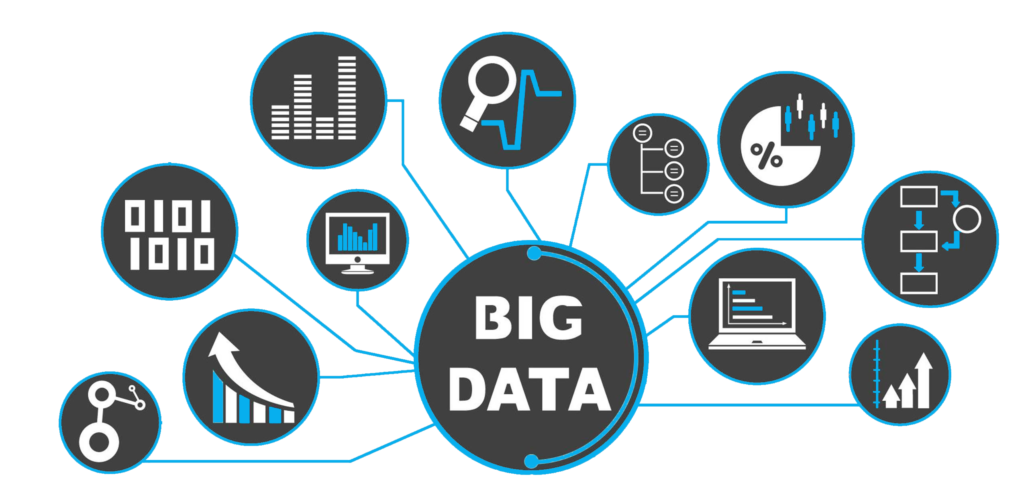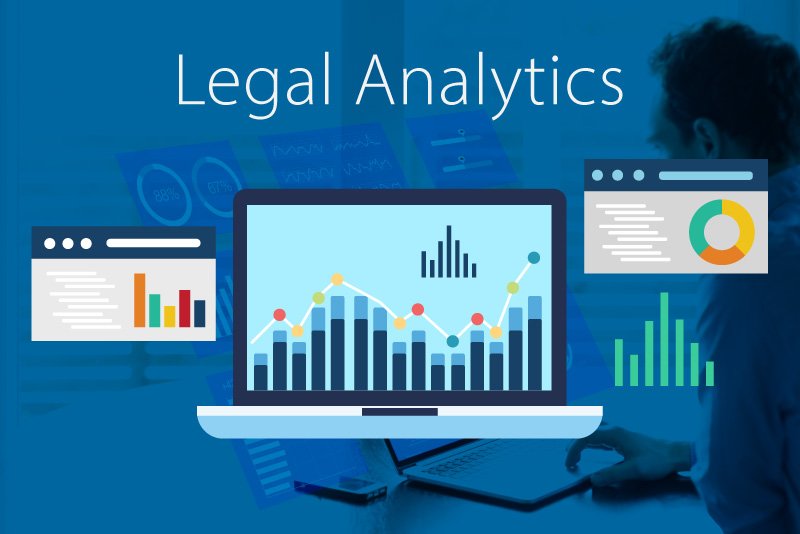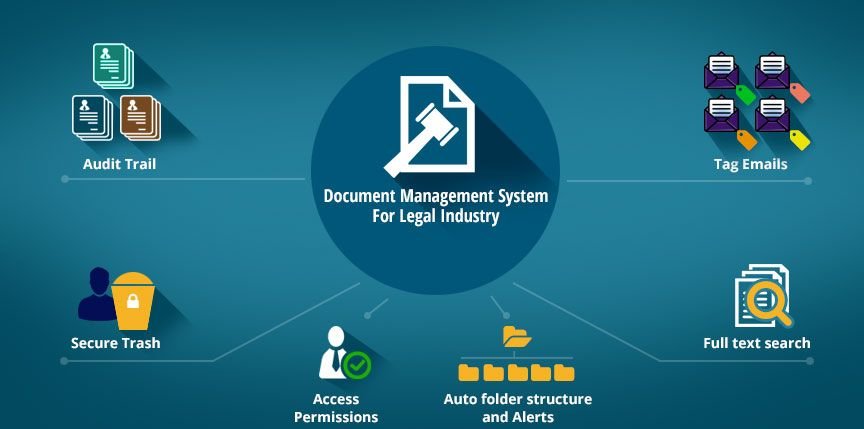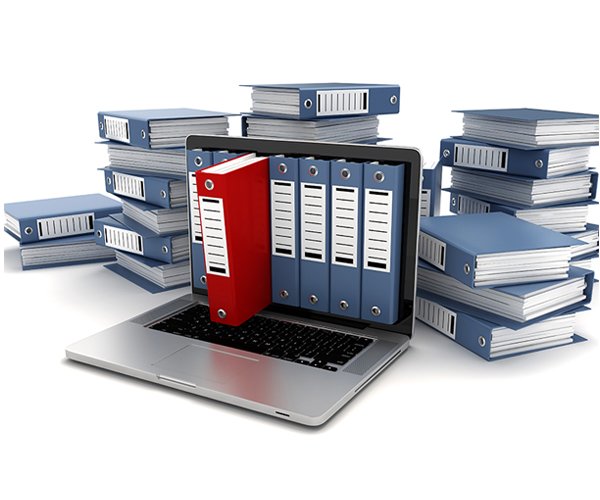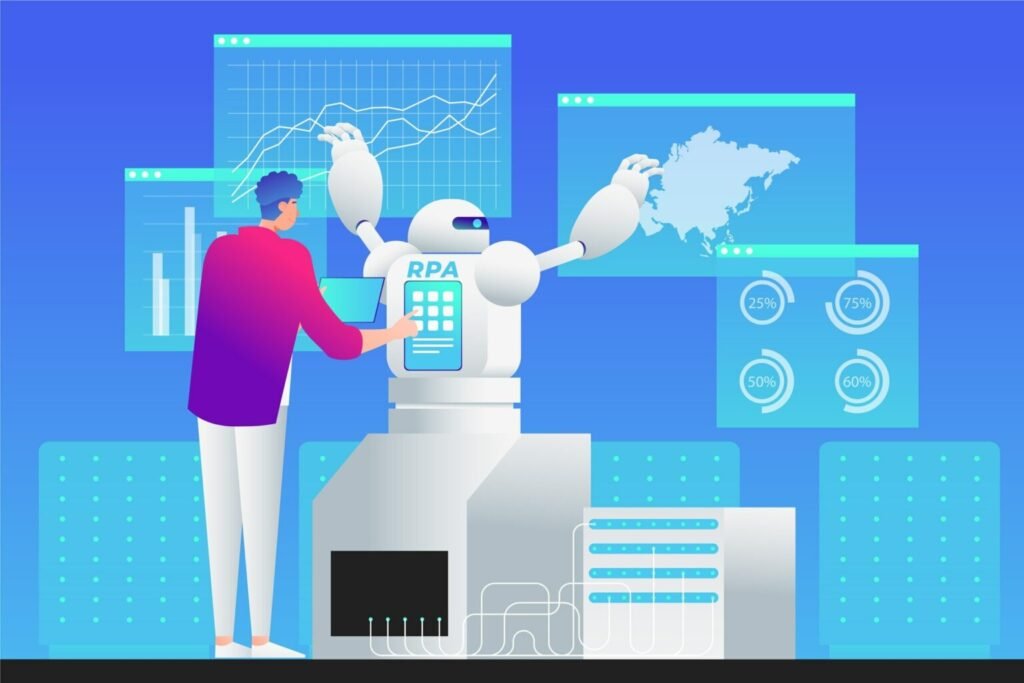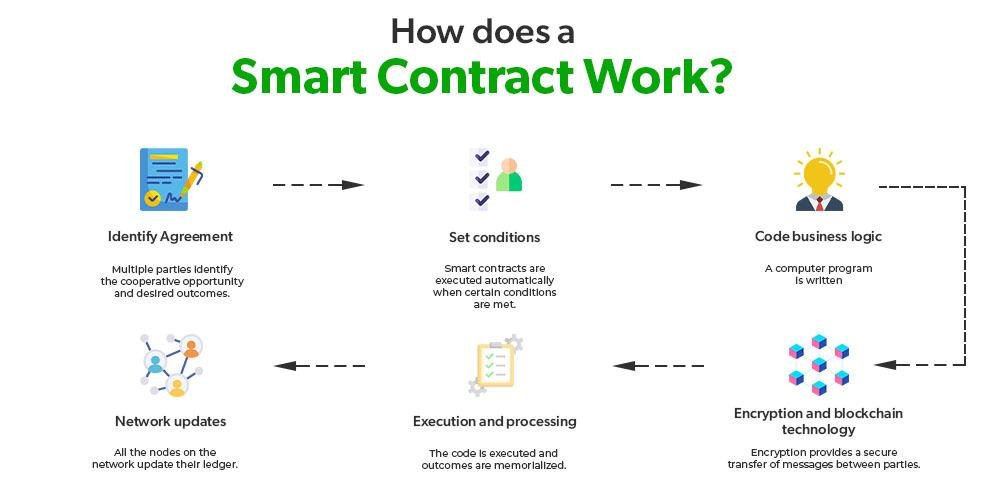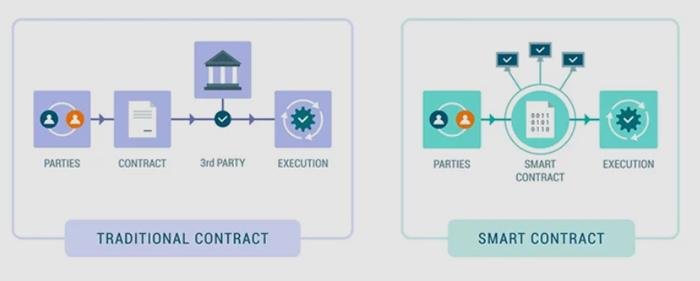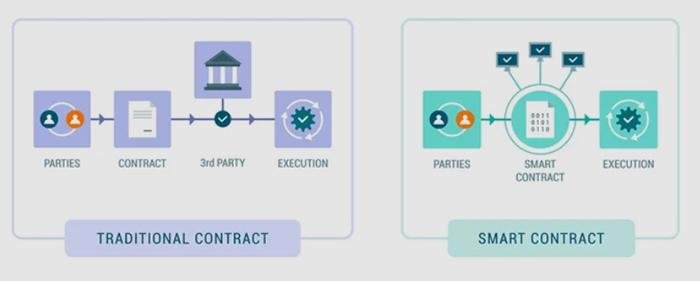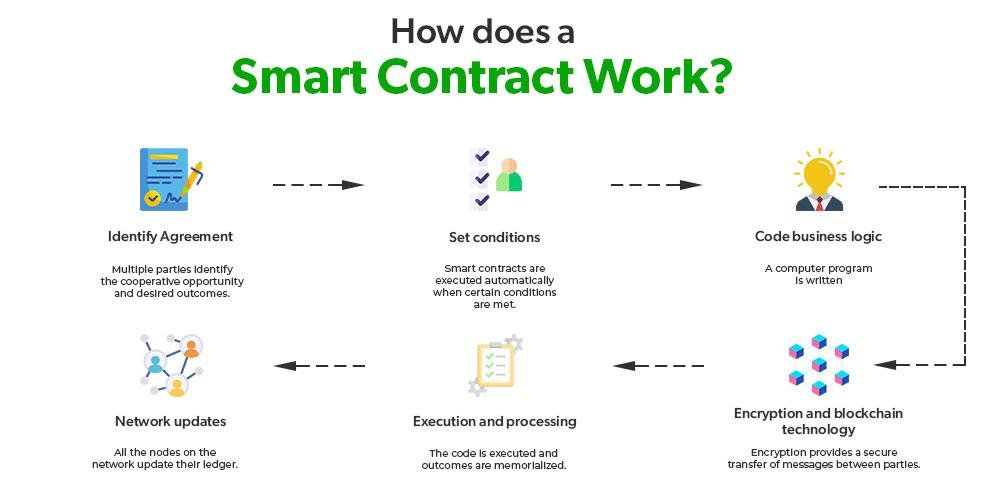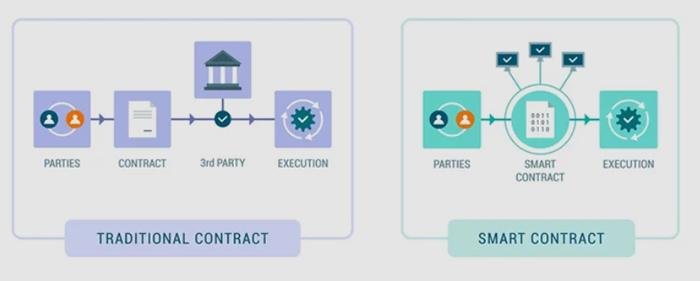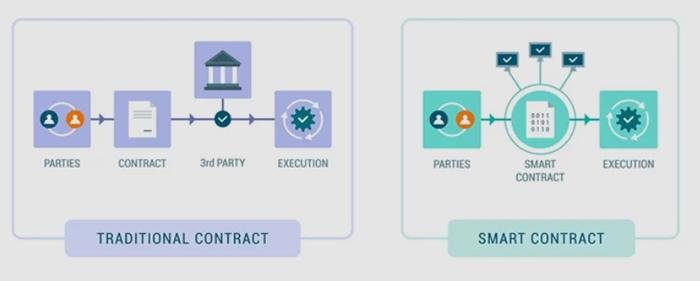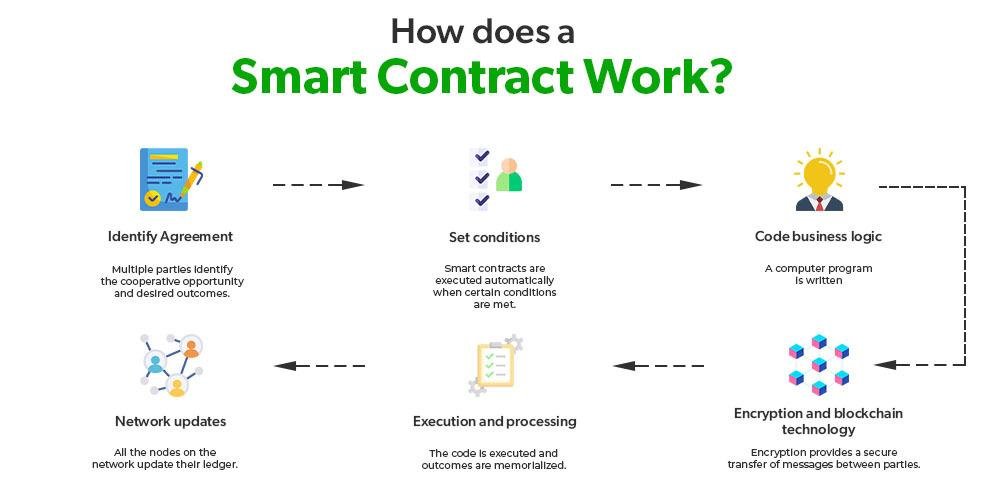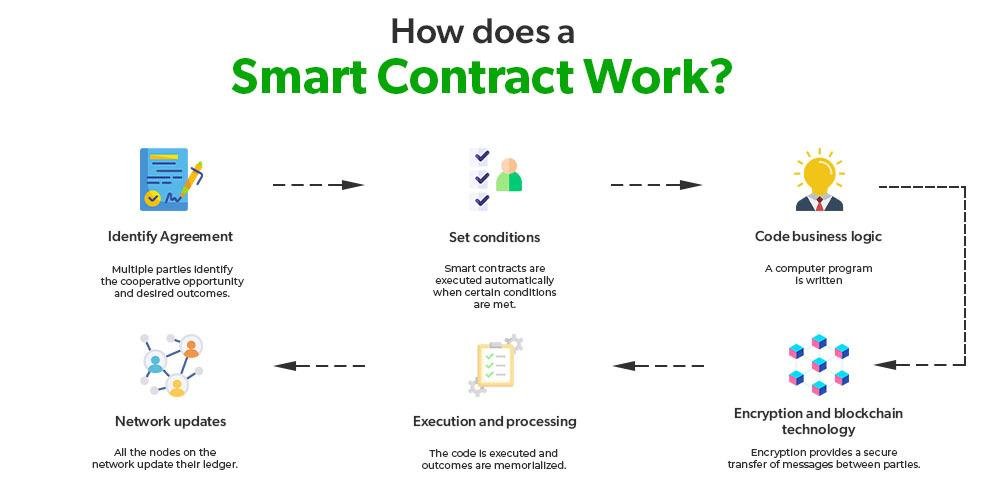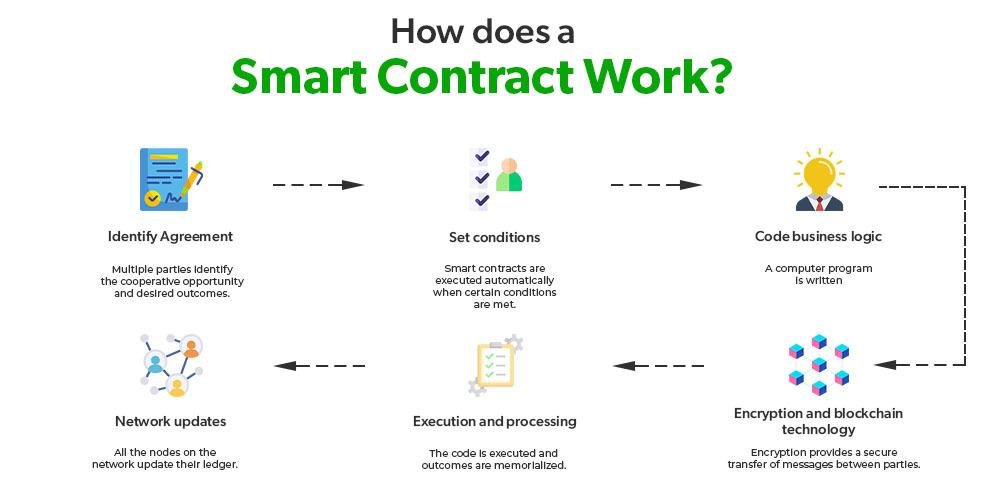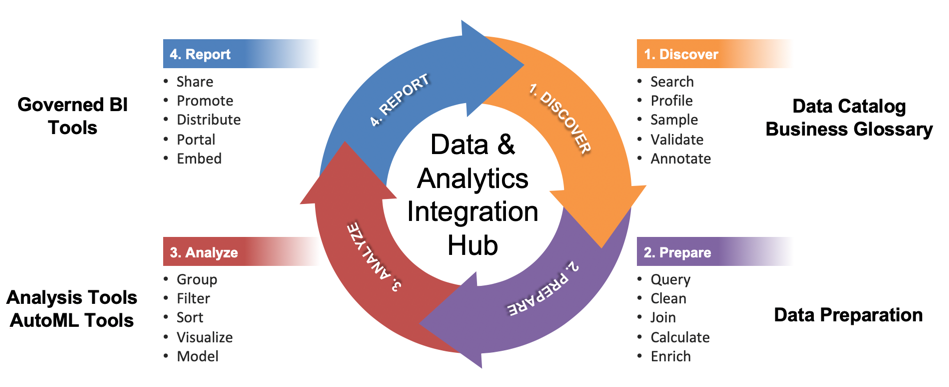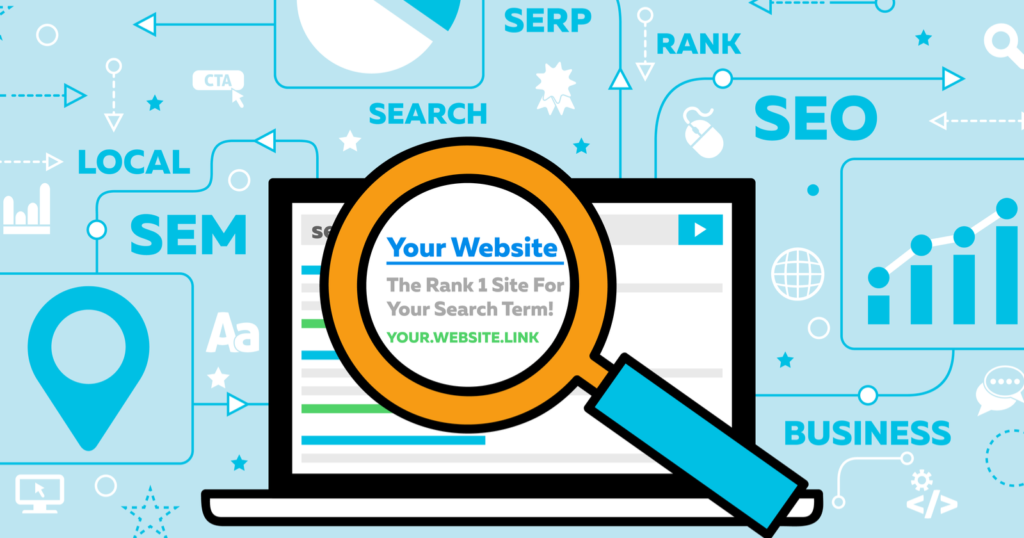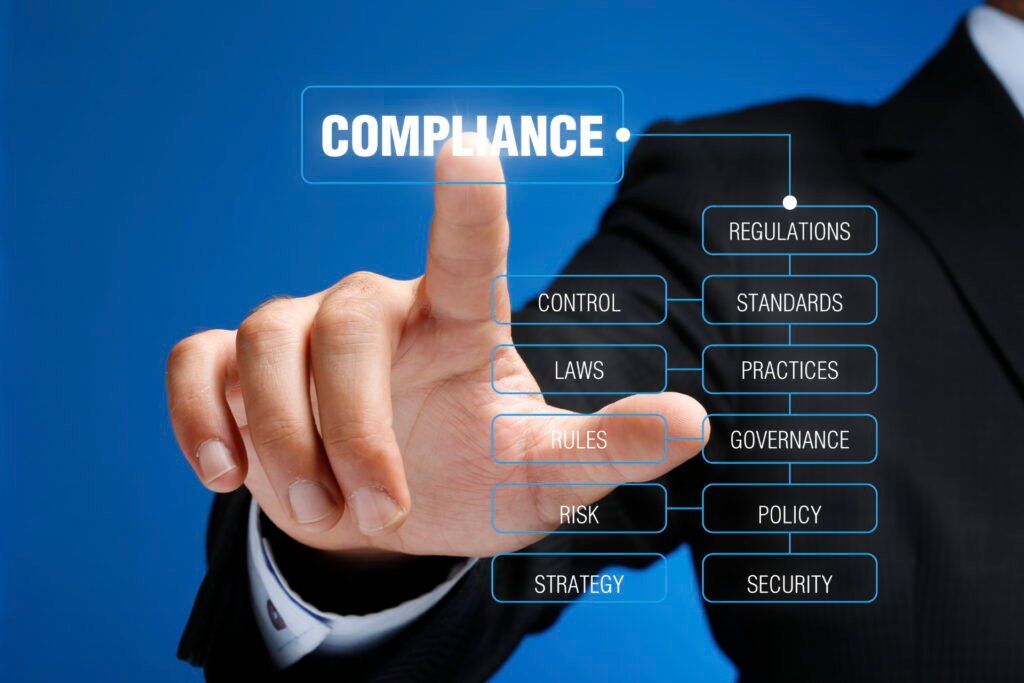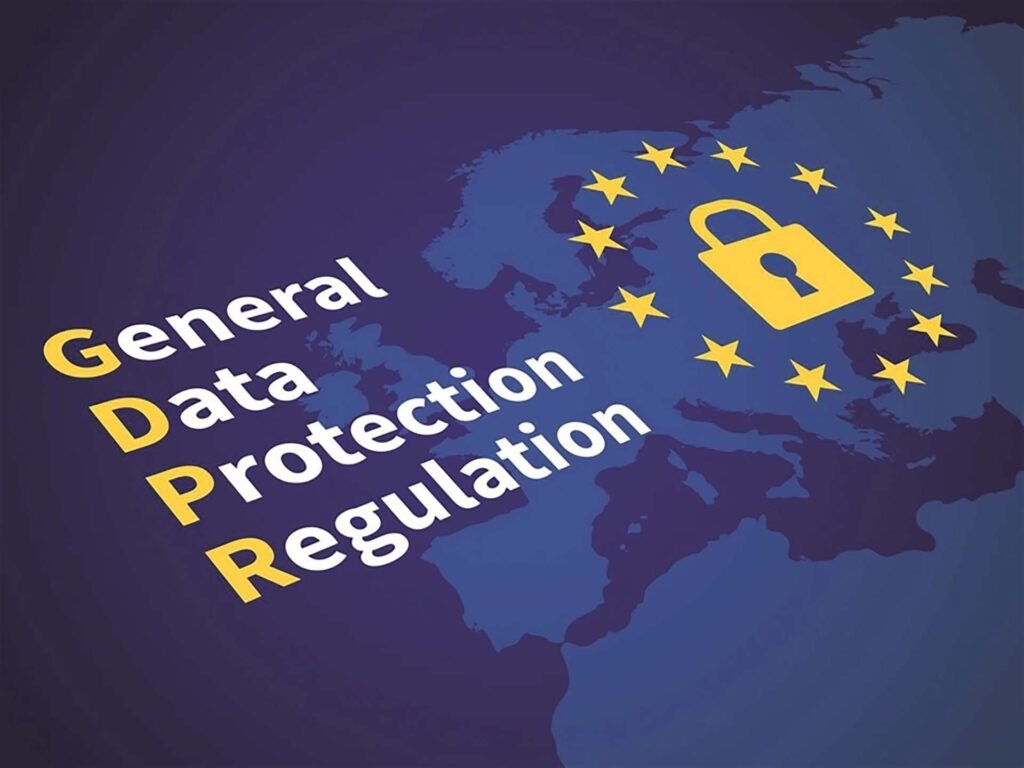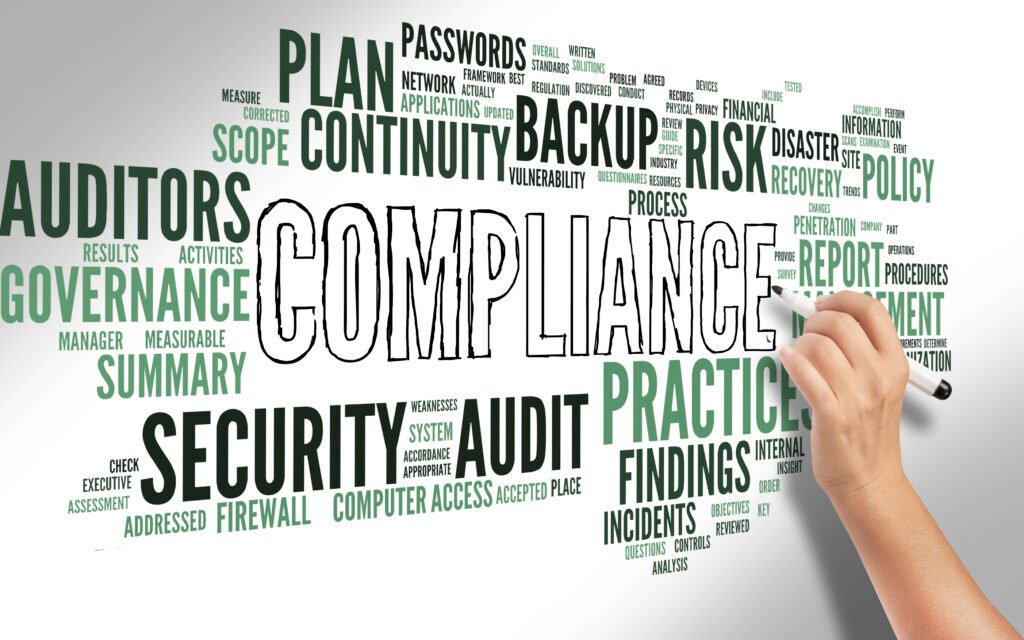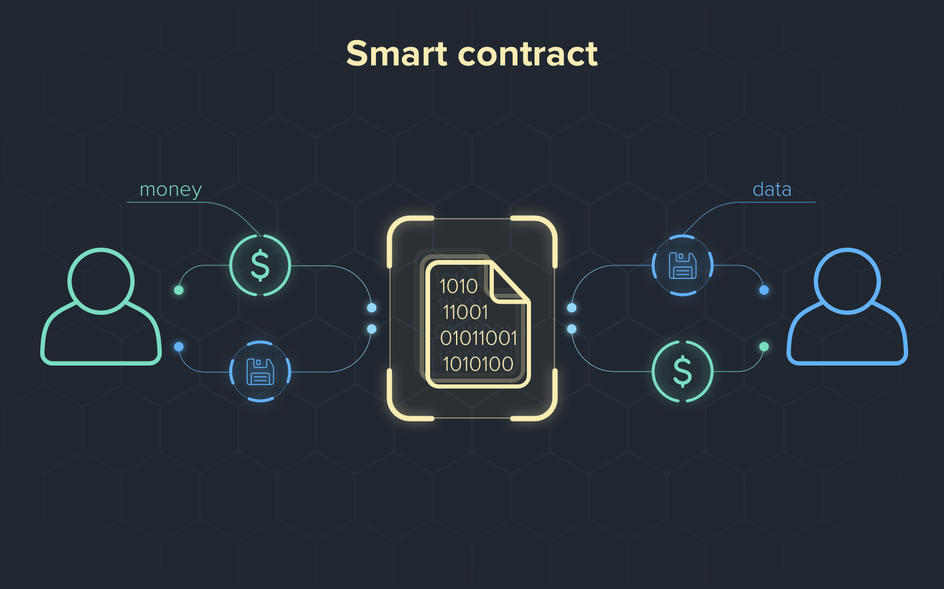Exploring the impact of big data analytics on compliance monitoring software

Compliance monitoring is the essential process of tracking an organization’s adherence to specific regulations and laws. In the past, this process was mostly carried out manually, requiring a great deal of organization and manpower. However, the advent of big data analytics has revolutionized the compliance monitoring process, making it more efficient and accurate.
Big data analytics is the process of analyzing massive datasets to uncover hidden patterns and insights. When applied to compliance monitoring, big data analytics can help organizations identify compliance issues before they become a problem. By understanding how big data analytics works and the benefits it offers, organizations can make the most of this powerful tool and improve their compliance monitoring process.
Introduction
Big data analytics has revolutionized the way businesses operate and make informed decisions. With the exponential growth of data, organizations are finding innovative ways to harness its potential and gain valuable insights. In the realm of compliance monitoring software, big data analytics plays a crucial role in improving efficiency and effectiveness. By diving deep into the vast amount of data, compliance professionals can identify patterns, detect anomalies, and predict potential risks with greater accuracy. Let’s explore the impact of big data analytics on compliance monitoring software.
What is big data analytics?
Big data analytics is the process of analyzing large sets of data to find patterns and useful information. It helps businesses make better decisions by using advanced techniques to uncover hidden insights from both structured (e.g., financial transactions) and unstructured data (e.g., social media posts or customer feedback).
There are three key types of big data analytics:
- Descriptive Analytics: This looks at past data to understand what happened. It helps organizations summarize and visualize past events, like identifying compliance trends or spotting previous regulatory violations.
- Predictive Analytics: This predicts future outcomes based on past data. It helps businesses foresee potential problems, like which compliance risks are most likely to occur in the future.
- Prescriptive Analytics: This suggests the best actions to take based on the data. It assists organizations in determining the best approach to address potential compliance risks and enhance their processes.
Big data analytics plays a crucial role in improving compliance monitoring software efficiency. By analyzing vast amounts of data collected from various sources, compliance monitoring software can better detect and prevent fraudulent activities, identify compliance breaches, and assess risks. It enables organizations to make data-driven decisions and ensures they meet regulatory requirements effectively.
Benefits of big data analytics
Big data analytics offers numerous benefits for organizations, particularly when it comes to improving compliance monitoring software. Below are some of the main benefits:
- Better Accuracy: Big data analytics helps compliance software provide more accurate insights. It allows businesses to identify potential risks early and address them before they become serious problems.
- Real-time Monitoring: Big data allows compliance activities to be monitored in real-time. This means businesses can spot compliance issues as they happen and take immediate action.
- Smarter Decisions: With big data, decision-makers can understand patterns and trends in their compliance data, uncover hidden risks, and make more informed decisions.
- Resource Efficiency: By analyzing big data, businesses can focus their resources on areas that are most at risk for non-compliance, making the monitoring process more efficient.
- Improved Fraud Detection: Big data can identify patterns that may indicate fraud or other non-compliant behaviors. This helps organizations prevent fraud before it happens.
You May Also Like: Enhancing Legal Strategy with Predictive Data Analytics
Types of Big Data Analytics
- Descriptive Analytics: This helps businesses track compliance performance by summarizing past data into easy-to-understand reports, dashboards, and charts.
- Predictive Analytics: This uses past data to predict where future compliance risks might arise, allowing businesses to take action before a problem occurs.
- Prescriptive Analytics: This goes a step further by suggesting the best actions businesses can take to address compliance risks, based on predictive insights.
How Big Data Analytics can improve Compliance Monitoring Software
Compliance monitoring software plays a critical role in ensuring organizations adhere to regulatory requirements and industry standards. With the advent of big data analytics, this software has witnessed significant advancements in its efficiency and effectiveness. Here are some key ways in which big data analytics can improve compliance monitoring software:
- Enhanced Data Processing: Big data tools allow compliance software to process and analyze huge amounts of data quickly. This helps businesses spot potential problems faster.
- Pattern Detection: Big data analytics helps identify complex patterns and anomalies in data that might suggest non-compliant behavior, like unusual financial transactions or employee activity. This helps organizations address issues proactively.
- Risk Prediction: By analyzing historical data, big data can predict where future compliance issues might arise, so businesses can address potential risks ahead of time.
- Streamlined Reporting: Big data can automate the process of generating compliance reports, saving time and reducing the risk of human error. This helps businesses comply with regulatory requirements promptly.
Benefits of Big data Analytics in Compliance Monitoring Software
Compliance monitoring software is essential for organizations to ensure adherence to industry regulations and internal policies. Incorporating big data analytics into compliance monitoring software can greatly enhance its efficiency and effectiveness. Here are some key benefits of utilizing big data analytics in compliance monitoring software:
- Better Risk Identification: Big data analytics can help businesses spot compliance risks by analyzing data from various sources (e.g., financial records, employee behavior, etc.).
- Real-time Monitoring: Unlike traditional methods, which rely on periodic audits, big data allows for continuous monitoring of compliance. This means businesses can respond to issues as soon as they arise.
- Improved Accuracy: Big data tools process large amounts of data quickly and accurately, reducing human errors in compliance monitoring and improving overall efficiency.
- Fraud Detection: By analyzing data for unusual patterns, big data can help businesses detect fraud early, protecting them from financial losses and reputational damage.
- Better Reporting: Big data helps create visually appealing, easy-to-understand reports, dashboards, and graphs that make it easier for compliance teams to communicate their findings and take action.
Challenges of Big Data Analytics in Compliance Monitoring Software
While big data brings many benefits, there are some challenges businesses need to consider:
- Security and Privacy: Storing and analyzing large amounts of sensitive data requires strong security measures to protect against breaches and comply with data protection laws.
- Data Quality: Big data is only useful if the data is accurate and complete. Poor-quality data can lead to incorrect insights and decisions.
- Integration: Combining data from different sources (e.g., financial systems, HR databases, etc.) can be complex. It’s important for businesses to ensure that their systems work together smoothly to provide accurate insights.
Conclusion
Big data analytics has significantly improved compliance monitoring software by making it faster, more accurate, and more efficient. By analyzing large datasets, businesses can identify potential compliance risks, detect fraud, and improve decision-making. However, to fully benefit from big data, businesses must address challenges like data quality, security, and system integration. When used correctly, big data can help businesses stay compliant and avoid costly penalties.
FAQs
What industries can benefit from incorporating big data analytics into compliance monitoring software?
Big data analytics can benefit organizations across various industries such as finance, healthcare, insurance, retail, and manufacturing. Any industry that needs to adhere to regulations and maintain compliance can leverage the power of big data analytics in their compliance monitoring software.
How can big data analytics improve the efficiency of compliance monitoring software?
Big data analytics can improve the efficiency of compliance monitoring software by automating data collection and analysis, reducing human errors, and processing large volumes of data rapidly. This not only saves time and resources but also enables organizations to proactively address compliance risks and deviations in real time.
What are some examples of compliance risks that big data analytics can help identify?
Big data analytics can help identify various compliance risks such as fraudulent activities, non-compliant transactions, insider trading, money laundering, and data breaches. By analyzing patterns, anomalies, and trends within vast amounts of data, compliance monitoring software can detect these risks and allow organizations to take appropriate actions.
How can big data analytics enhance decision-making processes in compliance monitoring?
By generating interactive and visually appealing reports, big data analytics tools enable compliance monitoring software to present compliance data in a more understandable format. Real-time dashboards, charts, and graphs help stakeholders interpret the information effectively, facilitating better decision-making regarding compliance issues.














































































































































































































































































































































